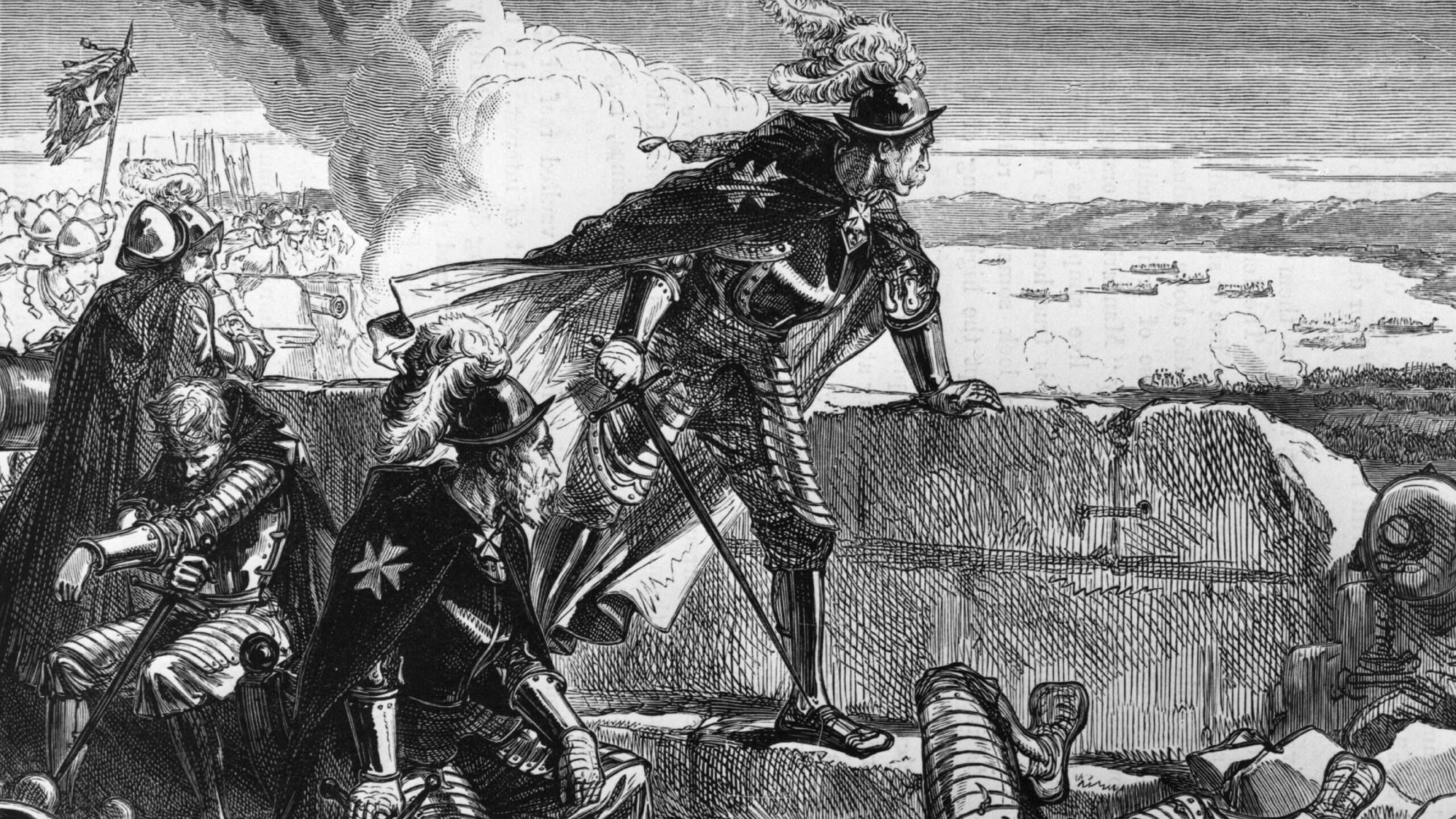Table of Contents
ToggleThe Great Siege of Malta
When a Small Island Defied an Empire
In the blistering heat of summer 1565, the tiny Mediterranean island of Malta became the stage for one of history’s most extraordinary military standoffs. The Great Siege of Malta wasn’t just a battle—it was a clash of civilizations. On one side stood the mighty Ottoman Empire, one of the most powerful forces on Earth. On the other, a handful of Knights of St. John, local Maltese fighters, and European volunteers, defending a rocky outpost in the name of Christendom.
What followed was four months of brutal warfare, unimaginable courage, and tactical brilliance. The Great Siege would become a turning point in European history—and Malta would earn a permanent place on the map of legend.
Setting the Stage: Europe in the 16th Century
The 16th century was a time of turmoil. Europe was fractured by religious wars, while the Ottoman Empire, under Sultan Suleiman the Magnificent, had grown into a vast Islamic power, stretching from Hungary to the Middle East and across North Africa.
The Ottomans had already captured Rhodes from the Knights of St. John in 1522. The knights, a religious-military order of warrior monks, were granted the islands of Malta and Gozo in 1530 by Charles V, Holy Roman Emperor. Though small and barren, Malta was strategically positioned between Sicily and North Africa—ideal for controlling trade routes and launching naval operations.
For years, the knights used Malta as a base to harass Ottoman ships and Muslim traders. By 1565, Sultan Suleiman had had enough. He ordered an all-out invasion to capture the island, eliminate the knights, and use Malta as a stepping stone to invade Sicily and the Italian peninsula.
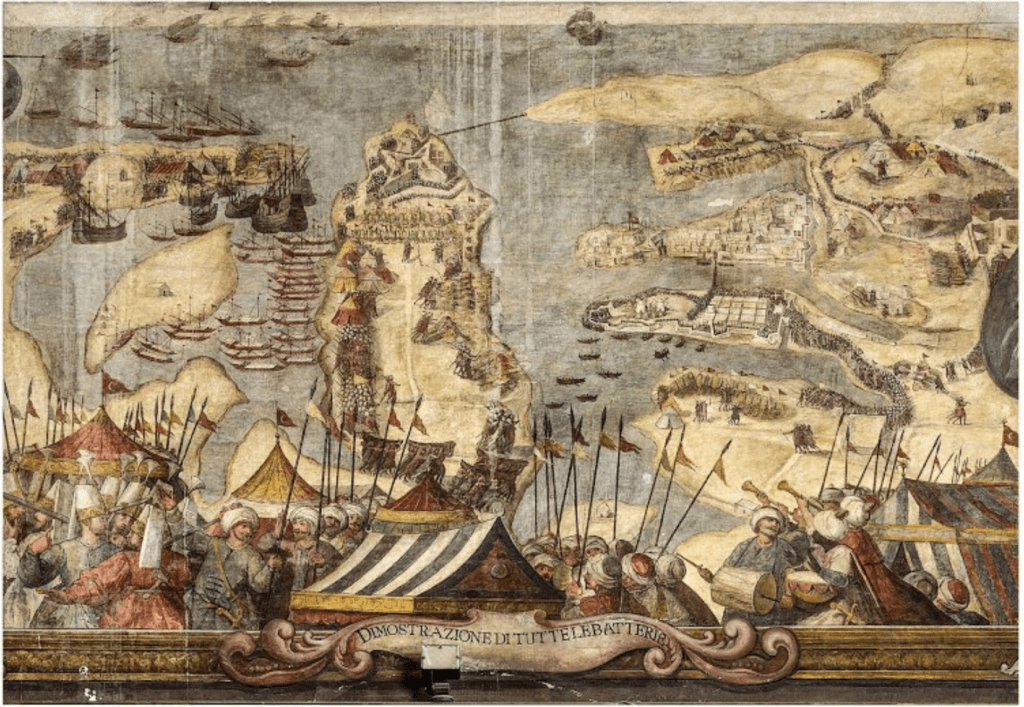
The Defenders: Outnumbered but Not Outmatched
Facing the full might of the Ottoman war machine were about 8,000 defenders, including:
Around 500 knights
2,000 Spanish and Italian soldiers
3,000 Maltese militia
And a few hundred mercenaries and volunteers from across Europe
The Grand Master of the Order, Jean de Valette, a French noble and seasoned warrior in his 70s, commanded the defense. Despite his age, Valette’s leadership would become the linchpin of Malta’s resistance.
The Ottoman Invasion Begins
On May 18, 1565, a fleet of around 200 ships landed an estimated 30,000–40,000 Ottoman troops on the shores of Malta. Their first objective: seize the fortifications guarding the Grand Harbour, including Fort St. Elmo, Fort St. Angelo, and the fortified towns of Birgu and Senglea.
The Ottomans expected a quick victory. Instead, they ran into fierce resistance.
Their first major assault was on Fort St. Elmo, guarding the entrance to the Grand Harbour. The defenders, vastly outnumbered, held out for nearly a month under constant bombardment and wave after wave of attacks. Though the fort eventually fell on June 23, the cost was staggering: the Ottomans lost thousands of men, including several key commanders.
This delay gave the defenders time to reinforce their positions in Birgu and Senglea, now under the direct command of Valette himself.
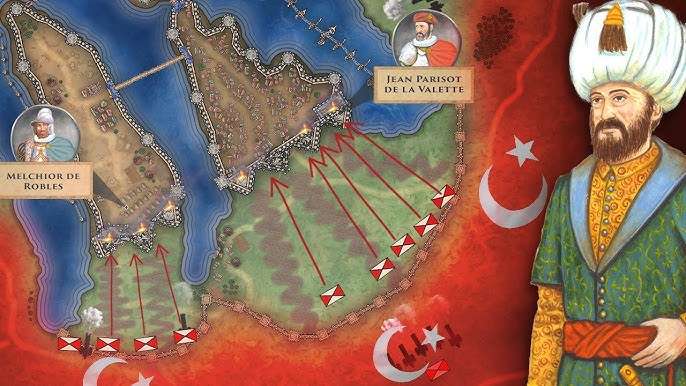
The Turning Point: Stubborn Defense and Unexpected Tactics
The next stage of the siege was the Ottoman assault on Birgu and Senglea, located across from each other inside the Grand Harbour. These walled towns were connected by bridges and protected by sea walls, artillery, and narrow streets ideal for ambushes.
Valette and his commanders employed brilliant defensive tactics: mining and countermining, surprise sorties, and using fire and smoke to disorient enemy troops. The Maltese population also played a crucial role—women, old men, and even children carried water, ammunition, and supplies to the front lines.
Despite relentless bombardments and assaults, the defenders held their ground. On August 7, the Ottomans launched a massive attack on Senglea, crossing the harbour on floating bridges. Valette himself took up arms and fought alongside his men. The defenders repelled the attack with heavy casualties on both sides.
Morale among the Ottomans began to falter. Disease, heat, and supply shortages took their toll, while reinforcements from Sicily were delayed due to political and military indecision.
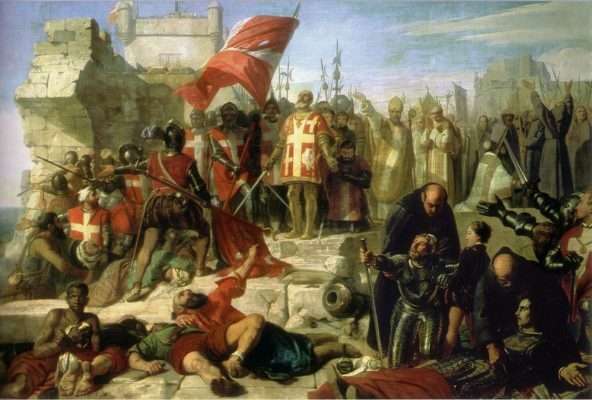
The Arrival of Reinforcements
Finally, in early September, a relief force from Sicily, around 8,000 strong, landed on Malta. Though relatively small, this fresh army boosted the defenders’ spirits and posed a new threat to the Ottomans, who were already exhausted and demoralized.
The Ottomans attempted a final assault, but it failed. On September 11, 1565, they began their retreat. The siege had lasted over four months and cost the lives of an estimated 25,000 Ottoman soldiers. Malta was left in ruins, but victorious.
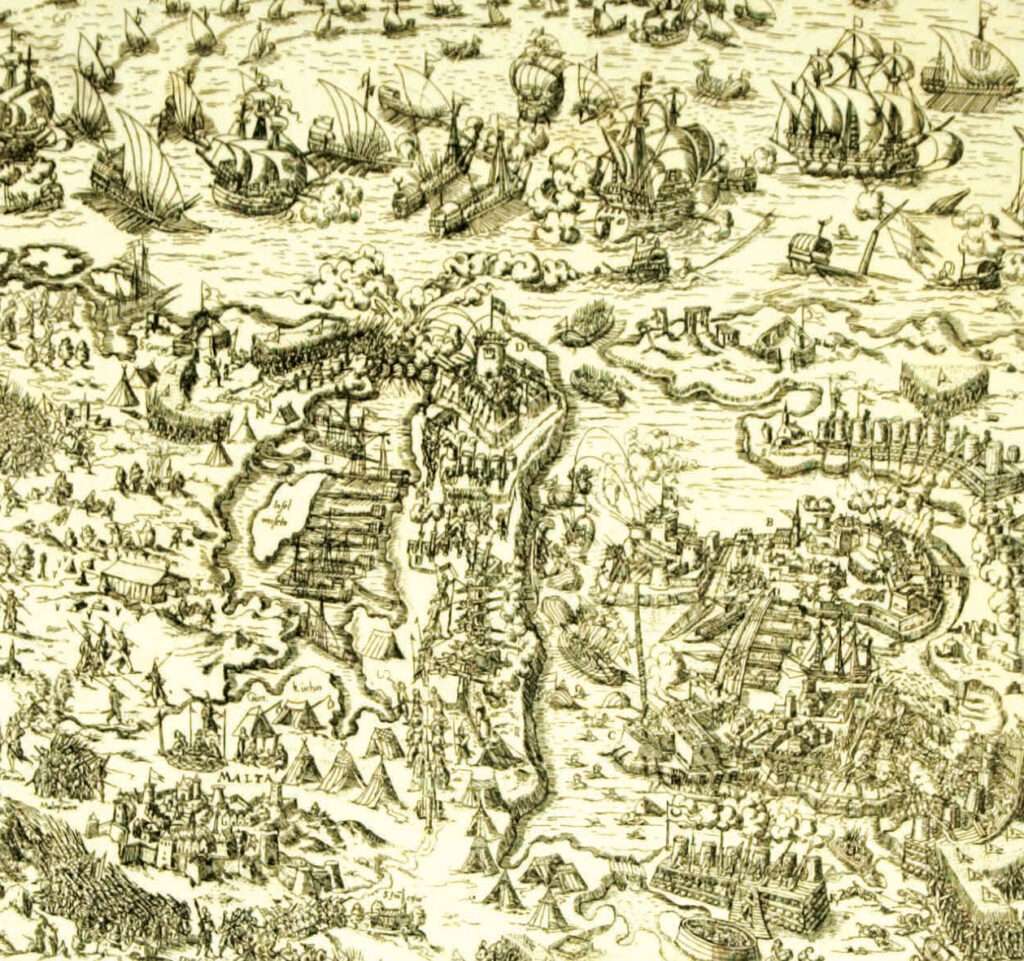
Aftermath and Legacy of the Siege
The Great Siege of Malta sent shockwaves across Europe. For the first time, the seemingly invincible Ottoman Empire had been stopped. Celebrations broke out in Christian kingdoms, and Jean de Valette was hailed as a hero.
To commemorate the victory, the knights began construction of a new fortified capital: Valletta, named after the Grand Master himself. Built on the high ridge overlooking the Grand Harbour, it became one of the most well-defended cities in Europe—and remains Malta’s capital today.
The siege also solidified the reputation of the Knights of St. John, who would continue to govern Malta until 1798. For the Maltese people, it became a foundational moment of identity—an example of unity, bravery, and national pride.
Visiting Valletta Today
Modern-day visitors to Malta can still walk in the footsteps of history:
Fort St. Elmo, now a museum, tells the story of the siege and Malta’s military past.
Valletta’s bastions and walls remain some of the finest examples of 16th-century military architecture.
Streets like Republic Street and Merchant Street wind through the heart of the city built from the ashes of war.
The echoes of 1565 are everywhere—from statues and paintings to the names of forts and streets. The Great Siege is not just history—it’s part of Malta’s soul.

